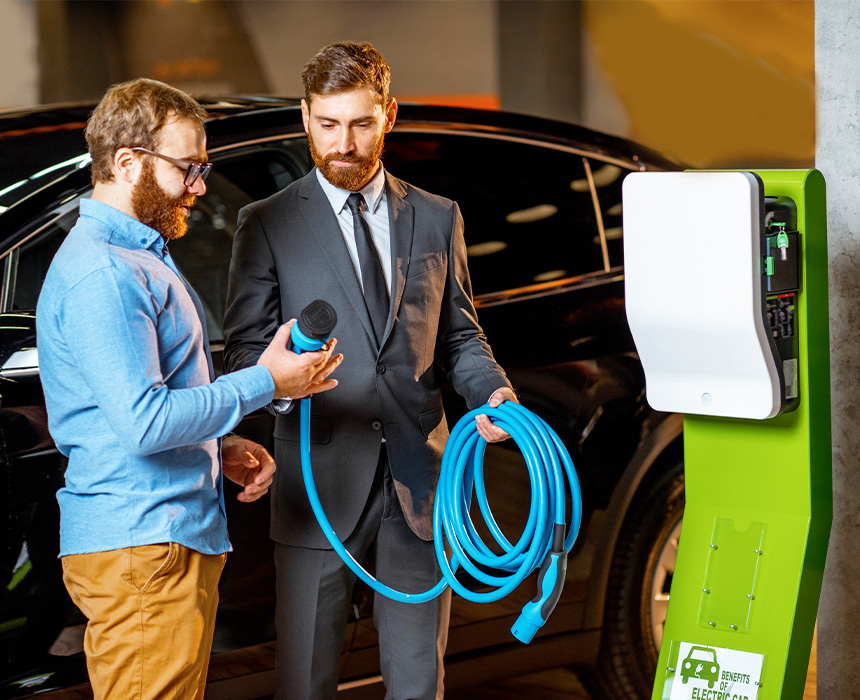Digitalization, Energy Optimization, and Global Integration in Charging Network Management
With the growing adoption of electric vehicles (EVs), charging network management has emerged as a strategic core of the mobility ecosystem. It is no longer limited to the installation of charging stations; today, it encompasses smart software management, integration with the power grid, customer-focused digital services, and sustainability strategies that determine the future of mobility.
Digitalization and Smart Management
Modern charging network management is built on digital technologies. Cloud-based platforms enable operators to remotely monitor stations, detect faults instantly, automate maintenance schedules, and analyze user data.
Through mobile applications, drivers can locate nearby charging stations on maps, make reservations, compare pricing options, and securely complete payments, making the process seamless and transparent.
Energy Optimization and Grid Integration
The growth of charging networks places a significant load on power grids. This is where smart grid solutions play a vital role. Dynamic pricing, demand-side management, renewable energy integration, and battery storage technologies ensure balanced and resilient grid performance.
In particular, V2G (Vehicle-to-Grid) technology allows vehicles to act not only as consumers but also as energy providers. By returning electricity to the grid, EVs enhance energy security and improve the integration of renewable sources.
Global Integration and Interoperability
One of the most critical aspects of charging network management is interoperability — the ability of different networks to operate seamlessly together. Allowing users to access charging services from various operators with a single app or subscription is a cornerstone of global integration.
International roaming agreements make it possible for drivers to access consistent services across borders, ensuring the smooth global expansion of electric mobility.
Customer-Centric Solutions
Charging network management is not only about technical infrastructure but also about the customer experience. Reducing waiting times, ensuring transparent pricing, equitably distributing station locations, and providing strong customer support all create a competitive advantage.
Personalized offers and loyalty programs further enhance user satisfaction, turning the charging process into a value-added service experience.
Regulations and Standards
Each country enforces regulations and standards to ensure the safety, interoperability, and reliability of charging networks. In Türkiye, EPDK and TSE oversee standards; in Europe, UNECE leads; in the United States, DOE, FERC, and NIST; in Central Asia, O’zbekenergo and O’zDSt; and in Russia, Минэнерго and ГОСТ provide regulatory frameworks.
Future Outlook
In the near future, charging network management will advance further with AI-driven predictive maintenance, blockchain-based transparent payment systems, the integration of ultra-fast charging technologies, and globally harmonized roaming solutions.
Conclusion
Charging network management plays a central role in the future of electric mobility. Through digitalization, energy optimization, customer experience, and global integration, charging networks are evolving beyond technical infrastructure into strategic platforms shaping the sustainable future of cities and economies. This 6000+ character analysis demonstrates that charging network management is a fundamental pillar of the global success of electric mobility.




